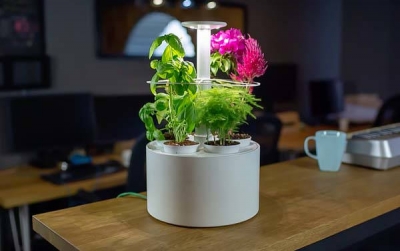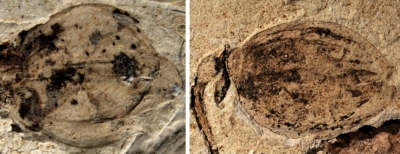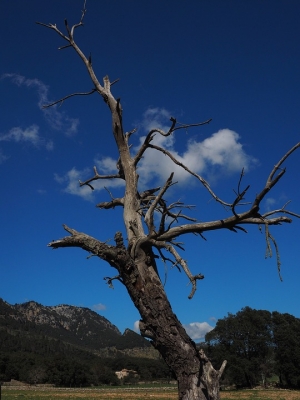
The Plantone Smart Mini Indoor Garden provides planting, lighting and watering in a single system that allows you to grow five different species of plants at a single time. You never have to worry about forgetting to water, overwatering, or moving your plants to get more light. Every plant requires a different amount of water, so Plantone waters each plant according to its requirements. The water tank below the pots can be filled to the top for upto 60 days of water. Using pressurized technology, the pots siphon water from the tank automatically. The retractable tower’s LEDs produce a balance of cool and warm light and turn off when natural light is detected. Control the intensity of the light and switch between different light cycles with the press of a button. The tower’s sensor package monitors temperature, humidity, light level and air quality. It has WiFi and Bluetooth as well as an internal real time clock to keep time for your custom light schedules. Plantone’s app lets you control watering and lighting remotely using your smartphone. The device is recyclable and uses repurposed materials.
Picture Credit : Google




